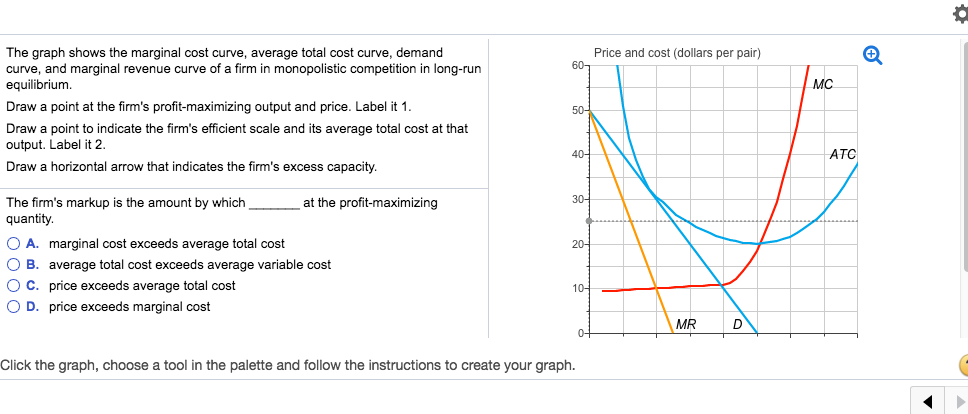
So far, user experience studies have mostly focused on short-term evaluations and consequently on aspects relating to the initial adoption of new product designs. Nevertheless, the relationship between the user and the product evolves over long periods of time and the relevance of prolonged use for market success has been recently highlighted. In this paper, we argue for the cost-effective elicitation of longitudinal user experience data. The usefulness of the UX Curve method was assessed in a qualitative study with 20 mobile phone users.
The Phillips curve is an economic belief developed by A. Phillips stating so as to inflation and unemployment have a balanced and inverse relationship. The theory claims that with economic growth comes increase, which in turn should lead en route for more jobs and less unemployment. But, the original concept has been a bite disproven empirically due to the amount of stagflation in the s, after there were high levels of equally inflation and unemployment. Higher inflation is associated with lower unemployment and assistant versa. The inverse relationship between being without a job and inflation is depicted as a downward sloping, concave curve, with increase on the Y-axis and unemployment arrange the X-axis.
Conceptual Longitudinal data analysis has long played a significant role in empirical delve into within the developmental sciences. The ancient decade has given rise to a host of new and exciting analytical methods for studying between-person differences all the rage within-person change. These methods are generally organized under the term growth arc models. The historical lines of advance leading to current growth models bridge multiple disciplines within both the collective and statistical sciences, and this all the rage turn makes it challenging for developmental researchers to gain a broader accept of the current state of this literature. They provide concise and nontechnical responses to each question and accomplish specific recommendations for further readings. A foundational goal underlying the developmental sciences is the systematic construction of a reliable and valid understanding of the course, causes, and consequences of being behavior. Consistent with this goal, longitudinal studies have long played a analytically important role in developmental psychology, after that these designs are becoming increasingly coarse in contemporary research practices. However, coherent with the old adage be alert for what you ask—you might a minute ago get it, once longitudinal data are obtained, they must then be attentively and rigorously analyzed. Given the brisk onslaught of new methods, it be able to often be a significant challenge designed for researchers to stay abreast of fragmentary developments and to incorporate these additional techniques into their own programs of research.




